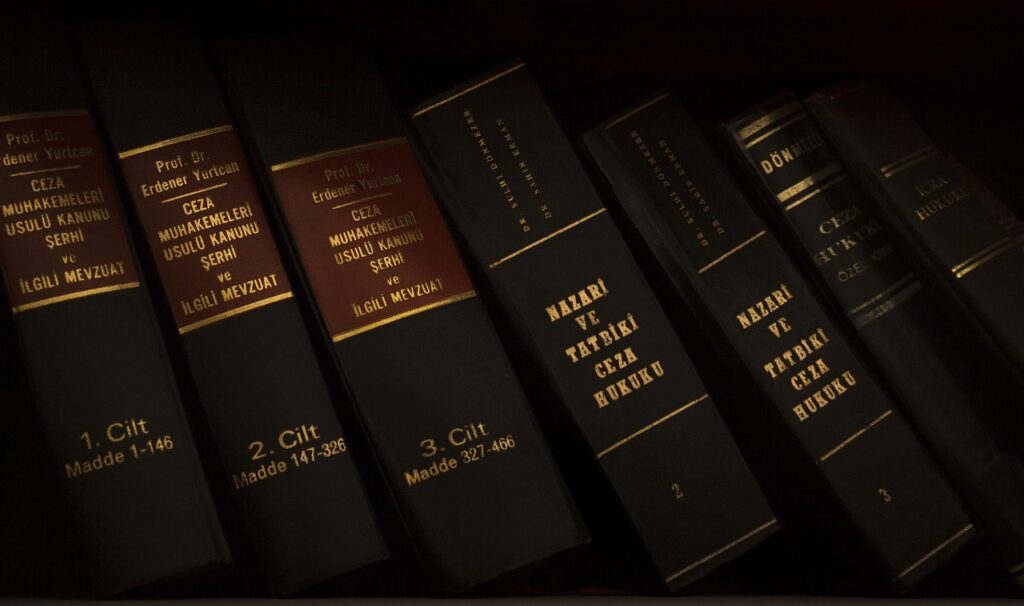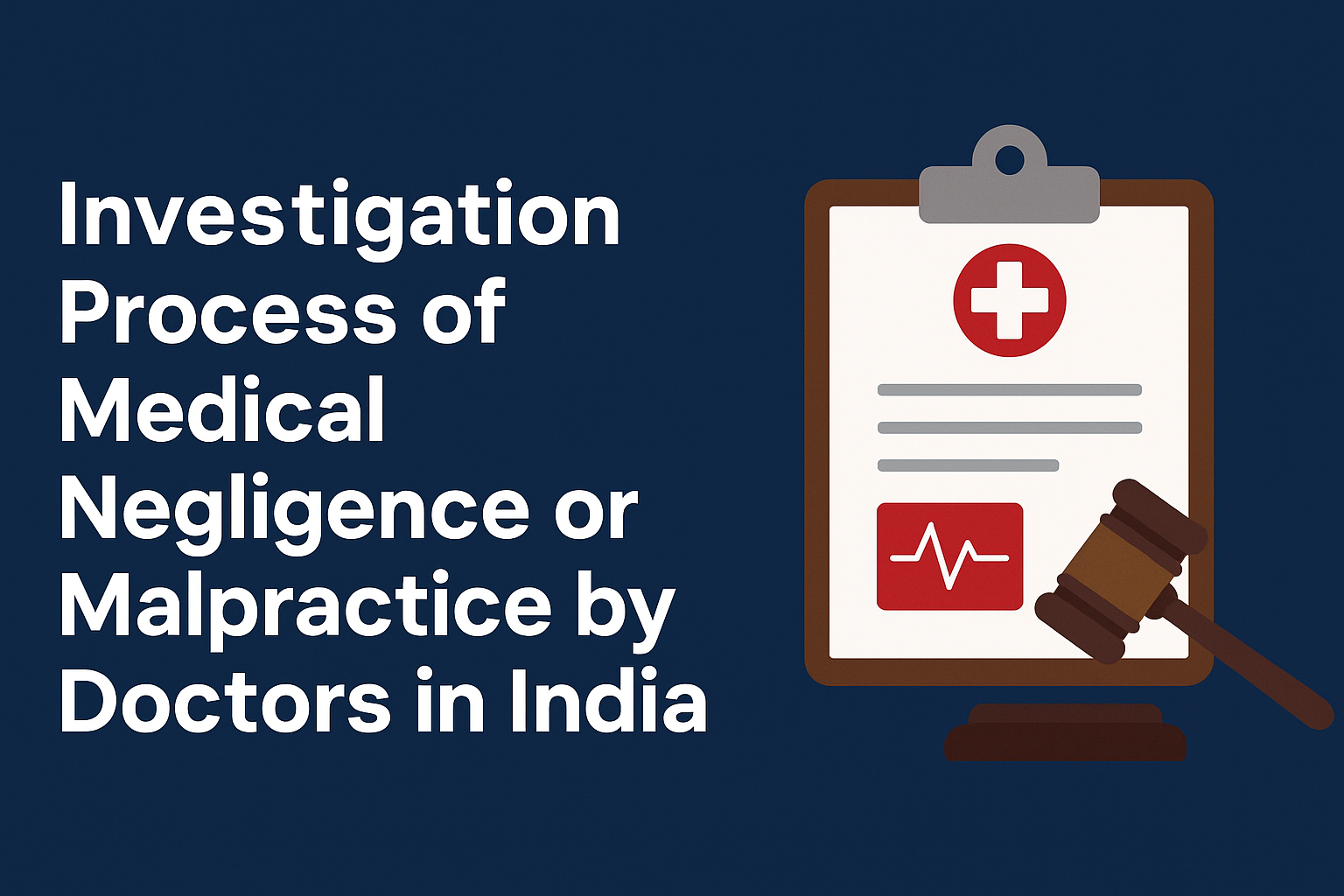White Collar Criminality in India – Introduction
White Collar Crime in Indian Legal and Theoretical Context In its most fundamental sense, white-collar crime refers to non-violent crimes perpetrated by individuals, typically of high social or professional status, who use their positions of trust for illegal financial gain. This term was originally used by American sociologist Edwin H. Sutherland in 1939, who aimed to refute the then-widespread notion that criminality was most characteristically associated with poverty or acts of physical violence. In the context of India, white-collar crime manifests itself in a variety of forms, including corporate fraud, money laundering, insider dealing, bribery, embezzlement, and accounting abuses. These crimes are usually perpetrated by business professionals, public servants, or chief executives and usually involve substantial amounts of money. Legally, white-collar crimes are governed by a mix of statutory rules and policy regulations.
Some of the key laws in India include the Indian Penal Code of 1860, specifically the provisions for cheating (Section 420) (Section 318(4) of Bhartiya Nyaya Sanhita, 2023), criminal breach of trust (Sections 406-409) (Section 316(2) – 316(5) of Bhartiya Nyaya Sanhita, 2023), and forgery (Sections 463-471) (Section 336 – 340(2) of Bhartiya Nyaya Sanhita, 2023) and the Prevention of Money Laundering Act of 2002 (PMLA) and the Companies Act of 2013 and the Prevention of Corruption Act of 1988 and the Foreign Exchange Management Act of 1999 (FEMA). These legislations define a range of economic crimes as criminal offenses and empower investigating agencies to initiate legal proceedings against economic offenders.
White collar crime is not just examined in its legalities but also criminological, economic, and sociopolitical aspects1. The examination of these crimes as outcomes of systemic dysfunctions in corporate governance, unethical organizational cultures, and regulatory capture. The victim profile of white collar crime is distinctive—it victimizes shareholders, financial markets, taxpayers, and the economy in general. Compared to street crimes, the impact of white collar crimes can be enduring, as it erodes public trust in financial institutions and regulatory bodies2. The greater use of technology and globalization has also expanded the cope of these crimes, so there is a need for an integrated legal environment and international cooperation.
High-Profile White Collar Crime Cases Investigated by the Enforcement Directorate (ED)
The Enforcement Directorate (ED) was set up in 1956 and is a specialist agency of financial investigations under the Ministry of Finance, Government of India, with the mandate to enforce the PMLA and FEMA. The primary role of the ED is to trace, freeze, and seize crime proceeds in the form of money laundering and enforce foreign exchange laws. Its role has an overlap with the role of the Central Bureau of Investigation (CBI), Income Tax Department, and Serious Fraud Investigation Office (SFIO). A number of previous white collar crime offenses have been prosecuted by the ED, which are symptomatic of the intricacies of financial investigations:
(a) Vijay Mallya and Kingfisher Airlines Loan Fraud Case The ED registered a case under the PMLA against Kingfisher Airlines promoter Vijay Mallya, who has been accused of defaulting on the loans of over 9,000 crores advanced by a₹ consortium of Indian banks. During the ED investigation, diversion of bank loans to foreign shores, including UK subsidiaries and tax havens, was also found. The agency provisionally froze a number of movable and immovable properties and initiated extradition proceedings from the United Kingdom5. The case is representative of the ED’s new powers under the PMLA Section 5 (provisional attachment) and Section 8 (confirmation of attachment).
(b) Nirav Modi and Mehul Choksi in Punjab National Bank (PNB) Scam One of the most famous white-collar crimes in contemporary India, the Punjab National Bank (PNB) scam, was the illegal issuance of Letters of Undertaking (LoUs) by the bank officials, thereby enabling Nirav Modi and Mehul Choksi to withdraw over 13,000 crores₹ 7. The Enforcement Directorate (ED) initiated several Enforcement Case Information Reports (ECIRs) and sought the attachment of assets in India, Dubai, the United States of America, and the United Kingdom. Interpol, in tandem with this, issued red corner notices and extradition requests under bilateral agreements. The case brought to the forefront the requirement for international cooperation in the investigation of transnational economic crimes and the loopholes that exist in banking compliance mechanisms.
(c) Sanjay Raut and the Patra Chawl Redevelopment Scam. Here, Shiv Sena MP Sanjay Raut was charged with money laundering in connection with a Mumbai real estate redevelopment scheme. The ED accused money mobilized for redevelopment of being laundered through shell companies, which is against PMLA provisions. Assets worth more than 11.5 crore were seized by the agency. The case is₹ notable in its political significance and in showing how money laundering schemes of urban development can be used to commit financial fraud.
These instances point to a pattern of political or corporate office abuse, failure of effective internal checks, and growing dependence on ED in maintaining fiscal responsibility. The role of ED also causes questions regarding its autonomy, procedural protection, and adherence to constitutional provisions of fair trial and due process. Investigation by Harvard University Regarding White Collar Crime: Worldwide Trends and Consequences Some of the leading academic schools, like Harvard Business School, have conducted in- depth research on the nature, regulation, and impact of white collar crime. One such influential study authored by Paul Healy and George Serafeim, entitled “Who Pays for White Collar Crime?” (HBS Working Paper 16-148), studied 667 enforcement actions against white collar crime in various legal jurisdictions10.
The most important conclusions from this study are:
1. Top corporate officials generally manage to avoid harsh penalties, especially in weak enforcement jurisdictions or politicized jurisdictions.
2. When firms get sanctioned, employees and shareholders are the losers, unlike the culprits.
3. Regulatory settlements usually don’t lead to criminal charges, thereby diluting their deterrent impact.
Another significant Harvard scholar work is that of Trung Nguyen, who researched FBI resource allocation after 9/11 and observed a sharp decrease in investigations of white collar crime, and inferred that diminished enforcement resources result in increased corporate fraud and embezzlement. The implication of his findings is the need for stable, well-funded, and independent enforcement agencies. These academic studies are of utmost significance in providing advice to policy formulation, bringing legislators to understand that white collar crimes are not individual complaints but involve wide-ranging systemic implications. Further, they emphasize the significant influence of gender, socioeconomic status, and organizational structure on enforcement outcomes, eventually leading to unequal measures of responsibility. BlueSmart Car Perspective: Sustainable Startups with Integrity-Based Compliance BlueSmart, an Indian startup electric cab service, has been an exemplar of the new-age entrepreneurial model with equal emphasis on sustainability and ethical business methods. Although its founders themselves are not accused of any such white collar crimes, they have encouraged business transparency, ESG norms compliance, and fintech regulation. In the legal sense, such startups are indicative of a change in entrepreneurial values where there is emphasis on maintaining electronic audit trails, legitimate funding-raising (be it FDI or venture capital), and compliance with corporate governance structures to avoid the likelihood of surveillance by the Enforcement Directorate (ED) or other regulatory bodies.
The BlueSmart story reflects the compliant proactivity culture of the new, technology-based Indian economy. In contrast to conventional firms that may have resorted to creative accounting or evasion of regulation, new-generation startups such as BlueSmart adopt preventive legal measures, such as due diligence processes, strict legal vetting of contracts, and mandatory disclosures under the Companies Act of 2013, to safeguard themselves against white collar crime charges. This process reflects that economic growth is achievable without compromising legal and ethical standards.
Satyam Scandal and the Rise of Entrepreneurial Accountability
In contrast to BlueSmart is the notorious Satyam Computer Services Limited debacle of 2009, one of the biggest corporate scams in Indian history14. Its founder, B. Ramalinga Raju, admitted fudging the company’s books and overstatement of profits by as much as 7,000₹ crore. The case revealed serious failures of internal controls, statutory audit, as well as Board- level monitoring. The ED and CBI registered cases under the IPC (Section 420 for cheating, Section 468 and 471 for forgery), Companies Act, and PMLA. The case prompted the redefinition of white collar crime in India and led to dramatic legal reforms. The Ministry of Corporate Affairs, following the case, amended the Companies Act by making more stringent provisions for auditor responsibility (Section 140(5)), independent directorship (Section 149), and mandatory rotation of auditors (Section 139). The Satyam scandal is a turning point in Indian corporate law history. It highlighted the vulnerabilities to which public companies are exposed in the area of executive misconduct and emphasized the indispensable role of whistleblowers, compliance officers, and in-house accountants16. Also, it revolutionized the entrepreneurial climate by inculcating fear of prosecution and social ostracism in white collar crime offenses.
Comparative Analysis:
BlueSmart & Satyam’s Strategies for Combating White Collar Crime
A comparative legal analysis of BlueSmart and Satyam discloses two paradigms of Indian entrepreneurship. Satyam’s corporate past before 2010 operated within a permissive regulatory environment with loopholes in audit practices, disclosure requirements, and Board governance. The company exploited legal loopholes and intra-company collusion to implement widespread fraudulent schemes. BlueSmart, on the other hand, operates within a paradigm characterized by stringent compliance enabled by online transparency and enhanced regulatory scrutiny. This latter company exemplifies the tenets of preventive law and reputational risk management, where companies voluntarily comply with applicable legal standards to avert the risk of criminal liability. The various trajectories that these two startups have followed indicate increasing sensitivity among startups towards the gravity of white collar crimes and the long reach of economic laws such as PMLA and Companies Act. Also, investors today insist on legal clean-chits, forensic audits, and business plans with an ethical bent of mind before investing indicating a legal-cultural change in the startup space.
Conclusion
Enhancing India’s Legal Environment against White Collar Crime In short, white collar crime remains a pressing challenge to economic governance and public confidence. While the Enforcement Directorate has been instrumental in uncovering high-profile cases of financial fraud, much needs to be done in terms of reasonably and timely prosecuting, protecting whistleblowers, and curbing the bias in enforcement18. BlueSmart’s and Satyam’s competing entrepreneurial views are eye-openers. One demonstrates how unethical business conduct damages reputations, depletes wealth, and requires legislative change. The other demonstrates that a firm can grow in a sustainable manner, assisted by proactive compliance with the law and openness. Conclusion derived from Harvard University’s study19 highlights that there must be consistent, fair, and strong enforcement to discourage such offenses. With India’s aim to be a world financial giant, it needs to ensure legal accountability, efficient judiciary, and ethical business to remain the pillars of its economic framework.
Incase, You wish to discuss, and talk on any such matter that, ‘You may need help with’. Feel free to contact us. Our team at www.legalwellbeing.in shall be happy to assist.
Written by Team Member(s) and Ms. Aparna Jain .
Sources and references:
- R. D. Sharma, “White Collar Crimes: A Socio-Legal Analysis,” (2022) 64(2) JILI 245.
- S. M. Singh, “Economic Crimes and Financial Frauds in India,” (2021) 58(1) Indian Bar Review 72
- Enforcement Directorate v. Vijay Mallya, ECIR/MBZO/05/2016.
- Ministry of Finance, “Press Release: Attachment of Properties of Vijay Mallya,” (2018).
- M. Nair, “Extradition of Economic Offenders,” (2020) 62(3) JILI 412.
- ED v. Nirav Modi, ECIR/MBZO/01/2018.
- R. Desai, “The Banking Crisis: A Study of the PNB Scam,” (2019) 41(1) Company Law Journal 55.
- Enforcement Directorate v. Sanjay Raut, ECIR/MZO/21/2022.
- A. Sharma, “Urban Redevelopment and Economic Crimes,” (2022) 67(4) SCC Journal 98.
- Paul M. Healy & George Serafeim, Who Pays for White Collar Crime?, HBS Working Paper 16-148, 2016.
- Trung Nguyen, “FBI Priorities and Economic Crime: Post-9/11 Allocation Effects,” Harvard Kennedy School, 2017.
- D. Kapur, “Corporate Governance and Compliance: Global Lessons for India,” (2021) 59(2) JILI 18
- R. Malhotra, “Sustainable Startups and the Rule of Law: A Case Study of BlueSmart Mobility,” (2023) 49(3) Indian Bar Review 201
- Satyam Computers Ltd. v. Union of India, (2010) 8 SCC 110.
- CBI v. B. Ramalinga Raju & Ors., Special Court Order, 2015 (Hyderabad CBI Court).
- A. Bhattacharya, “Corporate Frauds and Regulatory Response: The Satyam Experience,” (2021) 44(2) Company Law Journal 77.
- V. Kapoor, “The Role of Compliance in Indian Startups: A Comparative Framework,” (2024) 36(1) IndianLaw Reports 123.
- L. S. Rathore, “Judicial Delays in Economic Crimes,” (2019) 34(4) Indian Law Reports 91.
- Harvard Business School Working Paper Series, “Institutional Integrity and Crime Prevention,2019.















